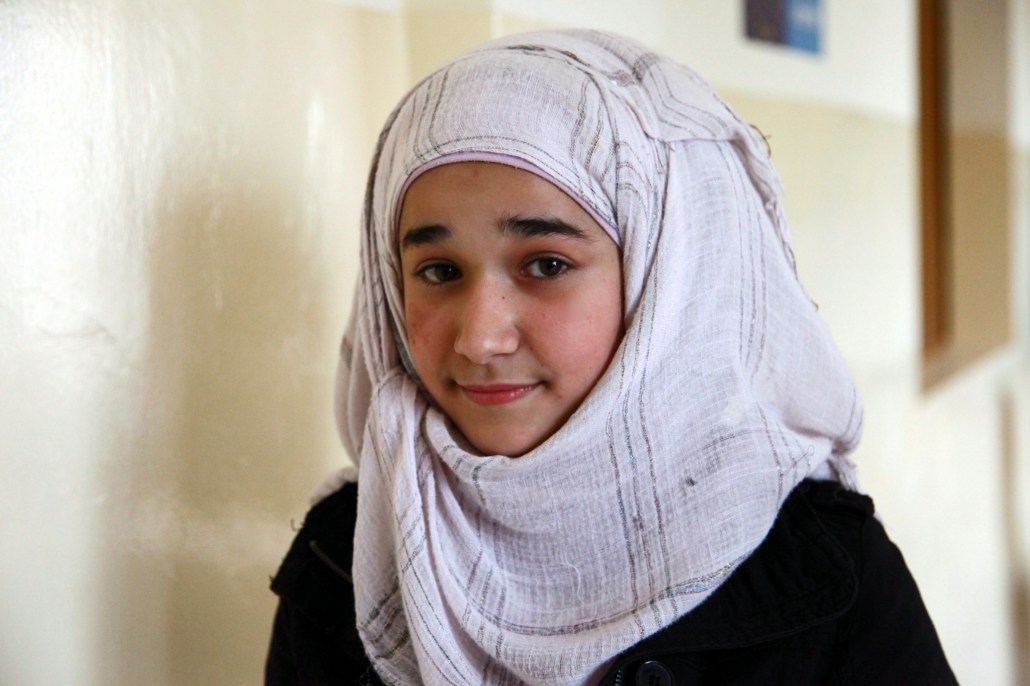3 Crises Affecting Hunger in Lebanon
 Several crises in Lebanon have crucially impacted its ability to feed its people. Three of these are the 2020 Beirut Explosion, ongoing conflict and internal displacement, in addition to ongoing conflict and the influx of refugees. All of this coincident with the long-term effect of COVID-19 and a severe economic crisis leading to inflation of over 221% in 2023 and over 98% devaluation of the Lebanese lira.
Several crises in Lebanon have crucially impacted its ability to feed its people. Three of these are the 2020 Beirut Explosion, ongoing conflict and internal displacement, in addition to ongoing conflict and the influx of refugees. All of this coincident with the long-term effect of COVID-19 and a severe economic crisis leading to inflation of over 221% in 2023 and over 98% devaluation of the Lebanese lira.
The 2020 Beirut Explosion
On August 4, 2020, an explosion devastated the port of Beirut, Lebanon. Without a functioning port, this had a serious impact on the country, which imported 65% to 80% of its food. Such dependence on imports was a threat to food security before the disaster, and the impact was thus exacerbated by the destruction of the port.
Internal Displacement
The escalating regional conflict in fall 2024 has seen one million displaced civilians in southern Lebanon (a fifth of the population) as of the end of September, with 900,000 fleeing in that last week.
Refugees
UNHCR, the United Nations Refugee Agency, reports that the 1.5 million Syrian refugees in Lebanon, plus 11,238 refugees from other countries, make Lebanon host to “the largest number of refugees per capita and per square kilometer in the world.” Access to food and the practice of skipping meals are just two of the many challenges faced by both the Lebanese population and refugees. Over half of the Lebanese live below the poverty line, while 90% of Syrian refugees struggle to meet their basic needs.
Hunger Crisis
Another way to look at the situation is suggested by ANERA, American Near East Refugee Aid, a 56-year-old NGO providing humanitarian and development aid in the Middle East. ANERA sees the current food security crisis in Lebanon as being created by the perfect storm of economic collapse, political instability and continuing regional conflict, including the current war with Israel.
The recent hostilities in southern Lebanon are reported to have impacted the earnings of 72% of farmers, with crop and livestock losses resulting from the extensive destruction of farmland. This, of course, severely restricts access to food. ANERA reports that 37% of the population in the south is experiencing severe food insecurity.
Northern Lebanon, typically less affected by these conflicts, is nevertheless also food insecure, especially as displaced southern families move north. ANERA notes that the World Food Programme reports up to a third of northern households facing food access challenges, and UNICEF suggests a quarter of Lebanese children are experiencing malnutrition and over 40% of children under five are at risk of malnutrition in some areas of the country.
Humanitarian Crisis
In July 2024, The World Food Programme’s External Situation Report for Lebanon, indicated a tripling of poverty over the last decade, affecting 44% of Lebanon’s population. Also reported was a March 2024 IPC analysis projecting an increase in the number of food insecure in Lebanon to as many as 1.26 million people by September 2024.
IPC, the Integrated Food Security Phase Classification, is a global partnership to determine the severity and magnitude of acute malnutrition and chronic and acute food insecurity to assist decision-makers in improving food security.
At the same time, humanitarian aid is needed. In October, OSCHA (U.N. Office for the Coordination of Humanitarian Affairs) issued a Flash Appeal for Lebanon for October – December 2024 for humanitarian assistance. This was described as “fully complementary to, and supportive of, the Lebanon Response Plan (LRP) 2024,” co-led with the Lebanese Government. (By mid-year, the LRP had received just 25% of its appeal for $2.72 billion.) The U.N. and NGO partner responses include meal distribution; bread, water and food parcels; emergency nutrition rations and micronutrient supplements; and child malnutrition screening.
Long-Term Impact
As IPC points out, current crises and their impact on food security and agricultural livelihoods, if not addressed, will eventually have a long-term effect on the health and education levels of “an entire generation” of vulnerable populations. This in turn may lead to an increased financial burden on the host countries and populations. So the “flash” and continuing appeals for external assistance are critical.
– Staff Reports
Photo: Flickr
Updated: October 26, 2024
